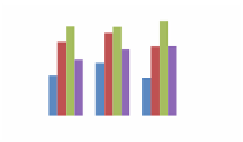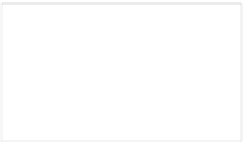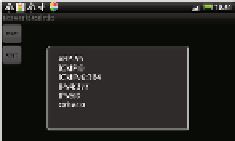Information Technology Reference
In-Depth Information
102.00%
100.00%
98.00%
96.00%
94.00%
Application Layer
Transport Layer
Network Layer
Link Layer
92.00%
90.00%
88.00%
86.00%
(a)
result of TraSt (Byte)
84.00%
82.00%
1
2
3
Experiment
(b) result of China Mobile (Byte)
Fig. 4.
1-REofeachlayer
Fig. 5.
Comparison of the result of TraSt
and China Mobile
units on bill is 10 KB, but this does not indicate that China Unicom's charging
units is 10 KB.
We let the client establish a TCP connection with the server at each bearer,
and repeat it 20 times. The results of TraSt are (APR and ICMPv6 are removed):
184, 184, 360, 180, 273, 273, 180, 460, 630, 180, 180, 180, 180, 180, 180, 630, 327,
1770, 276, 313 (Byte). To make the total trac consumption larger than 50 KB,
we then run a Map application which consumed 255KB trac. China Unicom's
charging result is 0.27 MB. If the charging units is 1 KB, the result should be
1
20 + 0
.
255 = 0
.
28 MB. So the charging units of China Unicom is not KB.
We guess it is also Byte like China Mobile.
×
Issue 4.
The IP address of UEs are internal network IP (10.0.0.0-10.255.255.255
for China Mobile and China Telecom, 172.16.0.0-172.31.255.255 for China Uni-
com). So the operators are using NAT technology. We further take experiment
mentioned in section IV.C and get the result that the operators are using Sym-
metric NAT. That means the smart phone won't receive any packet passively
without initiate a request.
Tabl e 2.
Experiment scenarios for browser
Factors
Setting 1
Setting 2
Image
with image without image
network condition
Wifi
3G
Buffer setting
turn off buffer turn on buffer
Tabl e 3.
Experiment scenarios for map
Factors
Setting 1
Setting 2 Setting 3
Motion state
static
slow
fast
Buffer setting turn off buffer turn on buffer


































